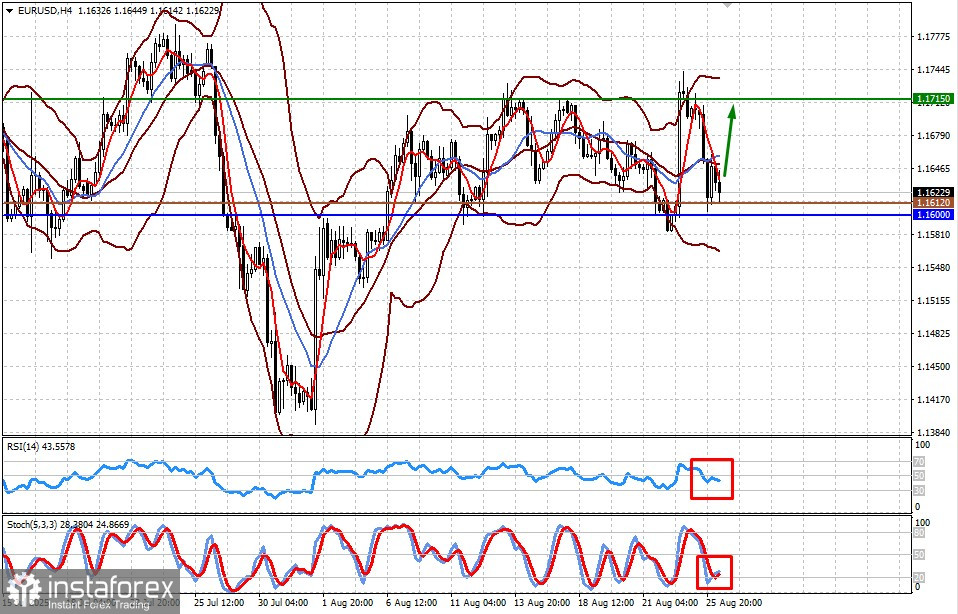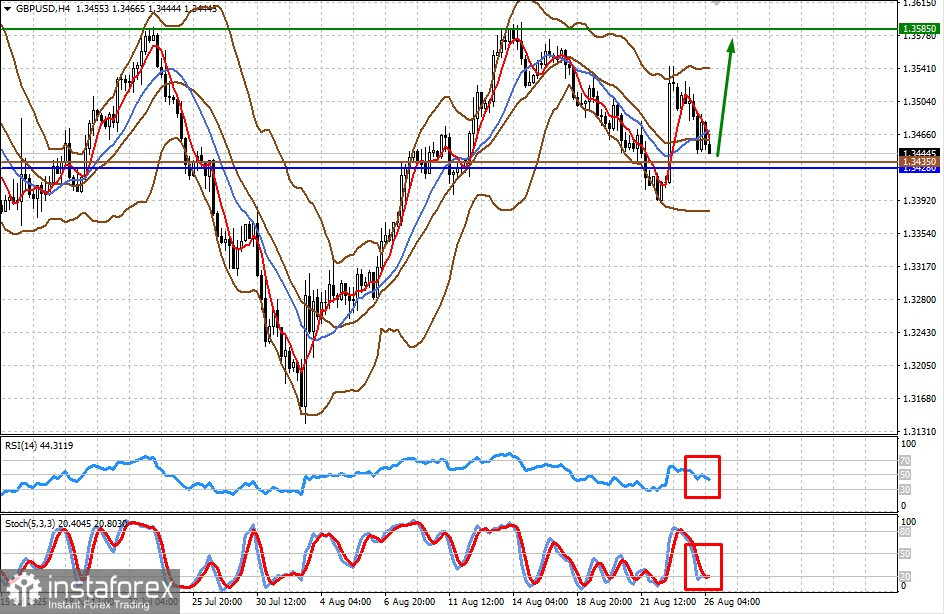Monday's developments showed that the market is still not 100% certain that the Fed will definitely decide to cut the key interest rate at its September meeting. Why?
The reason lies in the fact that Fed Chair Jerome Powell, who has "buckled" under external pressure, hinted that the central bank's dual mandate—to monitor and address negative trends in both the labor market and inflation—does allow for a 0.25% rate cut in September. However, he once again tied all these measures to incoming economic data. In essence, he signaled he would not oppose a cut, but only if inflation does not resume rising and the labor market does not suddenly improve.
As for employment, no quick changes should be expected here. Such systemic problems cannot be resolved in a single month. Inflation, however—particularly its consumer side—may show changes, possibly even a decline, which would be an important supporting factor. This is precisely what markets seem to expect in this week's release of the quarterly Personal Consumption Expenditures (PCE) Price Index, along with its core reading.
According to consensus forecasts, the headline PCE index should remain at a 2.1% growth rate compared with the previous period, while the core reading is expected to decline significantly from 3.5% to 2.5%.
In addition to these figures, investors are also awaiting revised U.S. Q2 GDP data, which is expected to show a sharp increase in the macro indicator to +3% from the previously reported -0.5%.
How might markets react to this news?
If the data holds up, it could push the U.S. stock market higher, followed by other global markets, as the reports would reinforce the likelihood of a rate cut at the Fed's September monetary policy meeting. On this wave, the dollar would also come under pressure in the Forex market, while the cryptocurrency market would likely attempt at least a partial recovery.
Overall, the market outlook is cautious but moderately positive.
Forecast of the Day:


EUR/USD
The pair remains in a broad sideways range while awaiting fresh U.S. economic data. Within this context, it may hold above 1.1600. If it does, and the U.S. reports put pressure on the dollar, the pair could gain support and rise toward the upper boundary of the range at 1.1715. The 1.1612 level may serve as a buy entry point.
GBP/USD
The pair is moving chaotically, swinging up and down in anticipation of fresh U.S. data. Against this backdrop, it may hold above 1.3425. If so, and the U.S. reports weigh on the dollar, the pair could find support and move up toward 1.3585. The 1.3435 level may serve as a buy entry point.





















